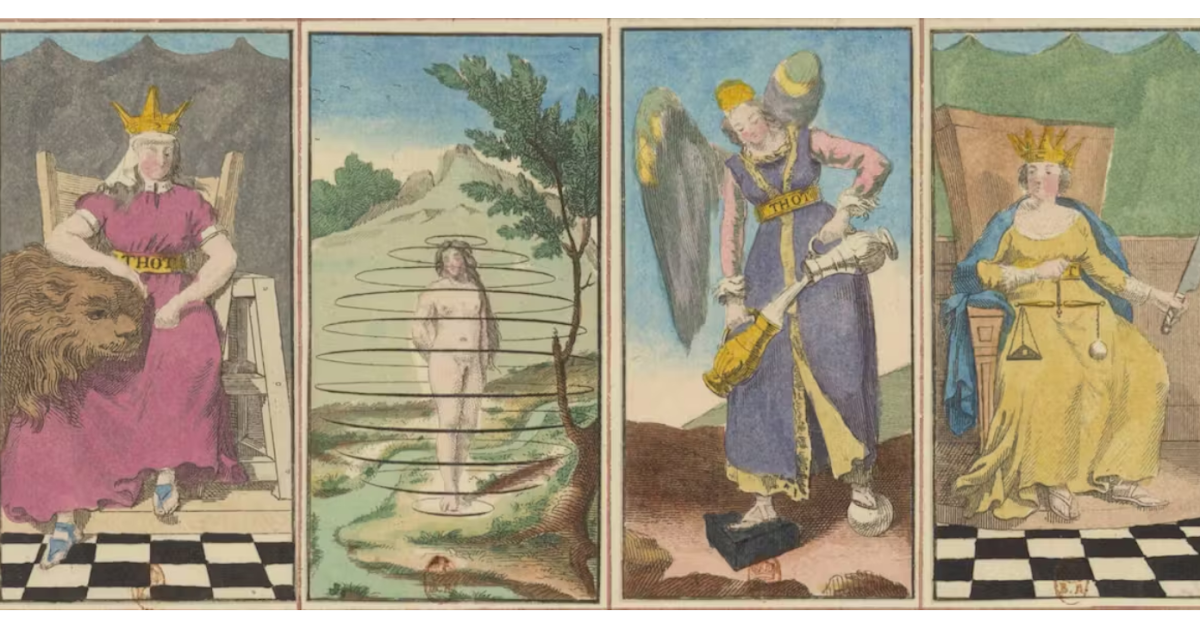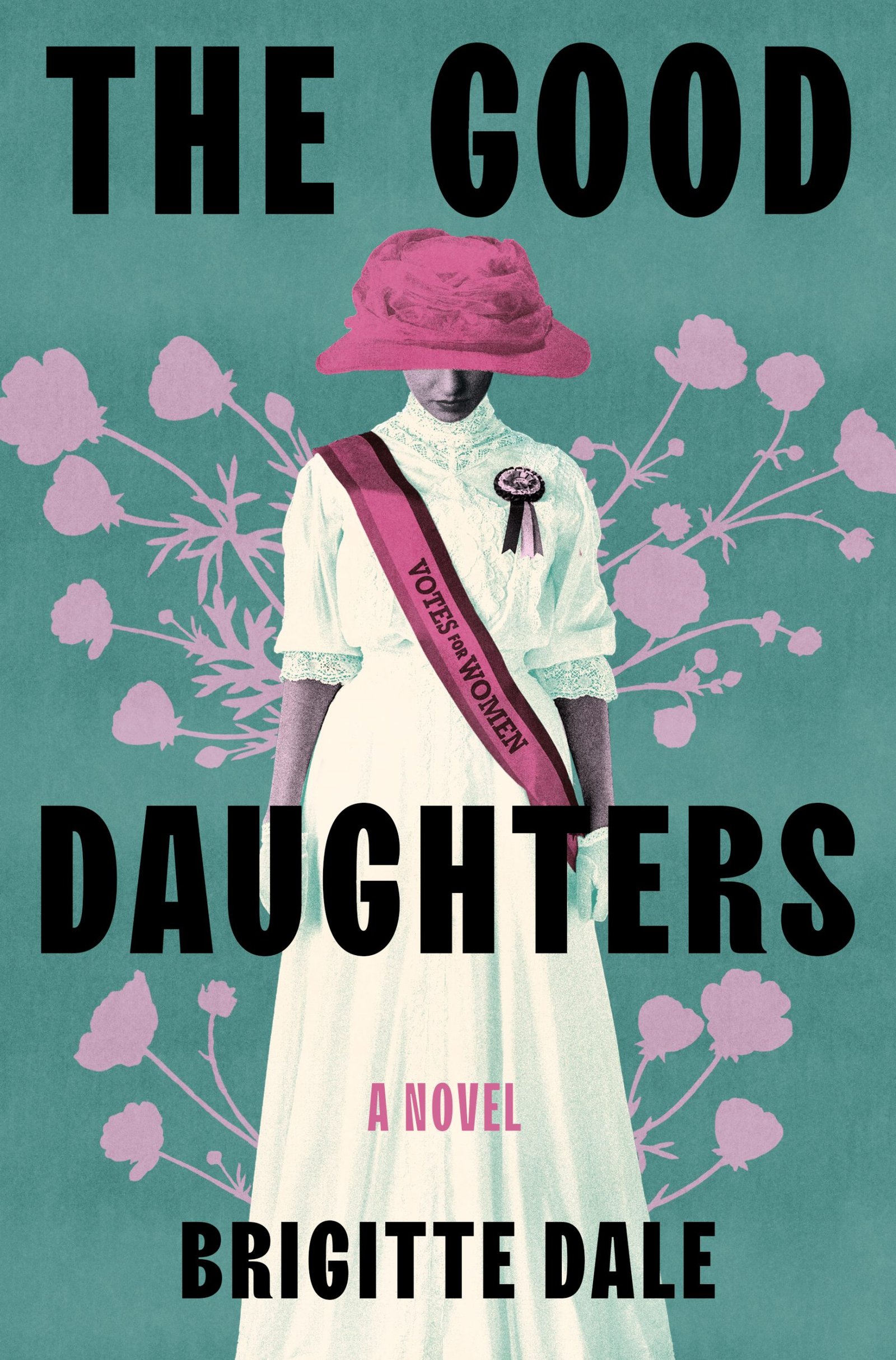In the late 18th century, tarot reading underwent a
transformation that would influence the art of divination for centuries to
come. One of the most important figures in this transformation was Jean-Baptiste
Alliette, better known as Etteilla (his surname spelled backward). As
a professional fortune teller, occultist, and tarot innovator, Etteilla
reshaped tarot into a structured system of mystical knowledge. He was not only
the first person to publish a tarot deck specifically designed for divination
but also a key figure in the esoteric revival of the time.
Etteilla’s Journey into Tarot
Born in 1738 in Paris, Jean-Baptiste Alliette initially
worked as a seedsman and engraver, but he soon turned his attention to the
mystical world of fortune-telling. By the 1770s, he was studying astrology,
alchemy, and the Tarot de Marseille, the standard tarot deck used in
France at the time. Inspired by the growing fascination with the Egyptian
origins of Western esoteric traditions, he developed his own unique system of
tarot divination.
In 1783, Etteilla published Etteilla, ou
manière de se récréer avec un jeu de cartes (Etteilla, or the Way
to Entertain Oneself with a Deck of Cards), one of the first printed guides
to tarot reading. Unlike earlier traditions that saw tarot primarily as a game
or as an obscure symbolic tool, Etteilla emphasized its role as a serious
divinatory system with ancient roots.
The Livre de Thot: The First Purpose-Built Tarot Deck
By 1789, Etteilla had designed and published his own
tarot deck, which he called the “Livre de Thot” (Book of Thoth). This was
the first tarot deck ever created specifically for divination, marking a
significant departure from earlier tarot designs, which were initially used for
card games.
Etteilla claimed that his tarot deck was a rediscovered
fragment of the ancient Egyptian “Book of Thoth”, a mythical text attributed to
the Egyptian god of wisdom and writing. This idea was influenced by the work
of Antoine Court de Gébelin, a French scholar who, in his 1781 work Le
Monde Primitif, argued that tarot cards contained the lost wisdom of
Egyptian priests.
Key Features of the Livre de Thot Deck
- Egyptian Aesthetics – Unlike the Tarot de Marseille,
which had a medieval European style, Etteilla’s deck incorporated Egyptian
imagery to support his theory of tarot’s ancient origins. - Reordered Major Arcana – He changed the numbering
and sequence of the traditional 22 Major Arcana cards to fit his unique system
of meanings. - New Symbolism and Keywords – Each card
included upright and reversed meanings, making his deck one of the first
to explicitly incorporate reversals into tarot reading. - Four Elements and Astrology – His interpretations
heavily relied on the classical four elements (earth, air, fire, water) and astrological
correspondences, reinforcing the deck’s mystical framework.
Etteilla’s deck was highly structured and systematic,
offering a more organized approach to tarot reading than earlier methods. His
system became the foundation for many later occult tarot traditions, including
the Hermetic Order of the Golden Dawn in the 19th century.
Nouvelle École de Magie: Etteilla’s School of Magic (1790)
Etteilla was more than just a tarot reader – he was a teacher
and leader in the esoteric community. In 1790, he established the Nouvelle
École de Magie (New School of Magic) in Paris. This school aimed to educate
students in the mystical arts, particularly tarot divination, astrology, and
alchemy.
Goals of the Nouvelle École de Magie
- Restoring Ancient Wisdom – Etteilla believed that
tarot preserved fragments of ancient Egyptian knowledge and sought to
reconstruct this lost wisdom. - Training Professional Diviners – His school
formalized tarot reading as a legitimate mystical practice, setting the
stage for modern professional tarot readers. - Combining Multiple Esoteric Disciplines – Unlike
earlier tarot traditions, which focused on symbolism, Etteilla’s school
integrated astrology, numerology, and alchemy into tarot
interpretation.
The Nouvelle École de Magie attracted a small but
devoted following, influencing later occult movements in France. Though the
school itself did not last long after Etteilla’s death in 1791, his
teachings laid the groundwork for 19th-century magical orders, including Eliphas
Lévi’s occult revival and the Golden Dawn’s tarot system.
Etteilla’s Influence on Tarot Today
Although his theories about the Egyptian origins of
tarot have been widely debunked, Etteilla’s contributions remain essential
to tarot history. He was the first person to create a tarot deck
specifically for divination, and his structured approach to card meanings,
reversals, and esoteric symbolism influenced later tarot traditions,
including the Rider-Waite-Smith deck (1909) and Aleister
Crowley’s Thoth Tarot (1944).
Even today, tarot readers continue to use astrological
and elemental correspondences, practices that can be traced back to Etteilla’s
innovations. His emphasis on structured interpretations also paved the way for
modern tarot guidebooks and courses, making tarot more accessible to wider
audiences.
Etteilla’s Lasting Legacy
Etteilla was a true pioneer, transforming tarot from a
simple card game into a sophisticated system of divination and esoteric
study. His Livre de Thot deck and Nouvelle École de Magie shaped
the way tarot was understood in the late 18th and early 19th centuries, leaving
an enduring legacy in the world of Western occultism.
While his school may no longer exist, his influence can
still be felt in every tarot reading, every mystical interpretation, and
every deck designed for divination. As one of the first professional tarot
readers, he helped elevate tarot from a curiosity to a powerful tool for
self-discovery and mystical insight—an impact that continues to shape tarot
practices today.
~~~~~~
www.susanstokeschapman.com
Instagram: @SStokesChapman






